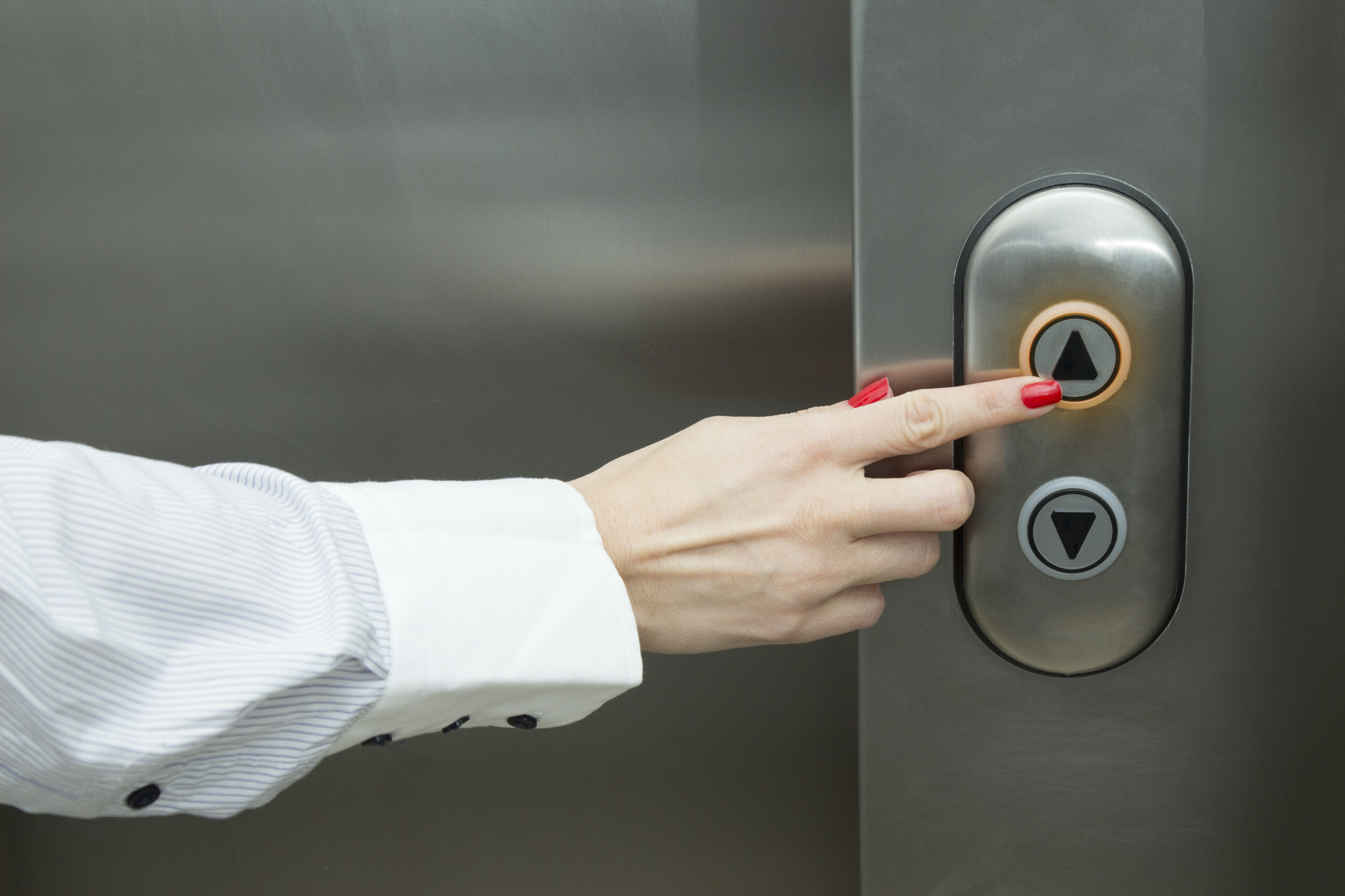London Lift Company: Relied On Professionals for All Your Upright Transport Requirements
London Lift Company: Relied On Professionals for All Your Upright Transport Requirements
Blog Article
Digging Into the World of Lifts: Usual Problems Faced by Various Lift Devices
As we browse with the vertical transportation systems of contemporary buildings, elevators attract attention as an essential component of our day-to-days live. Nonetheless, behind their smooth operation exists a world of intricate devices that can often come across difficulties. From hydraulic elevators to grip systems and machine-room-less styles, each lift type includes its set of typical problems. Understanding these challenges is critical for making certain the smooth performance of these crucial systems. Let's discover the complexities that underlie the procedure of lifts and the potential problems that can occur, clarifying the complex web of lift devices.
Hydraulic Lifts
Hydraulic elevators, usually preferred for low-rise buildings, make use of fluid pressure to manage the activity of the elevator auto (lift repair companies). This system entails a hydraulic pump pushing oil into a cyndrical tube, creating the elevator to relocate the preferred instructions. While hydraulic elevators are understood for their silent and smooth operation, they do come with their own collection of usual issues
One common issue with hydraulic lifts is oil leak. The seals in the hydraulic system can wear out in time, causing oil infiltration. If left unaddressed, this not just produces a mess yet can additionally influence the elevator's performance. Additionally, problems with the control system, such as malfunctioning shutoffs or a malfunctioning pump, can create disturbances in the lift's activity.
Regular upkeep and punctual fixings are important to guarantee the smooth functioning of hydraulic elevators. By attending to these typical problems proactively, building proprietors can decrease downtime and make certain the safety and security and performance of their upright transport system.
Traction Elevators
When considering upright transport systems in structures, another common type other than hydraulic lifts is the traction elevator. Grip elevators operate making use of a system of ropes and weights that move the elevator car by clutching onto the hoist ropes. This system enables smoother and faster upright transport compared to hydraulic systems.
Among the usual problems faced by grip elevators is rope wear. The constant activity of the ropes within the grip system can cause tear and wear with time, possibly triggering the elevator to breakdown or come to be risky for use. Normal examinations and maintenance of the ropes are necessary to make sure the elevator's proper performance and security.
Another concern that grip elevators may encounter is related to the control system. Problems with the control system can cause issues such as irregular movement, hold-ups in reaction times, or perhaps full shutdowns. Routine testing and maintenance of the control system are important to avoid such concerns and ensure the elevator's integrity.
Machine-Room-Less (MRL) Elevators

Among the crucial elements of MRL elevators is the portable gearless grip device that is installed within the hoistway. This machine successfully drives the lift auto without the requirement for large equipment located in typical grip elevators. In addition, MRL lifts normally utilize a counterweight system to stabilize the auto, more improving their energy performance.
In spite of their advantages, MRL lifts may deal with challenges connected to repair and maintenance due to the constrained space for devices installation. london lift company Availability for servicing parts within the shaft can be limited, calling for specialized training for specialists. Correct maintenance timetables and regular examinations are important to make certain the continued smooth procedure of MRL elevators.
Overloading and Weight Limit Issues
Are lifts outfitted to handle excess weight loads effectively and securely? Straining and weight limit issues are vital problems in lift operations. Elevator producers style raises with details weight abilities to ensure passenger safety and equipment durability. Surpassing these weight limitations can cause numerous troubles, consisting of mechanical failings, hold-ups, and safety and security threats.
When elevators are overwhelmed, it puts excessive pressure on the electric we maintain lifts motor, cords, and various other elements, potentially creating malfunctions or malfunctions. Safety mechanisms such as sensors and overload sensing units are in place to stop lifts from relocating if they find excess weight. In addition, surpassing weight limits can bring about boosted energy intake and damage on the elevator system.
To minimize overwhelming issues, constructing managers should plainly show weight limits in lifts and inform residents on the importance of sticking to these restrictions - lift repair companies. Normal maintenance checks by certified service technicians can also aid guarantee that lifts are running within safe weight criteria. By attending to overloading and weight limit concerns proactively, building proprietors can improve lift safety and performance
Electrical System Failings
Exceeding weight limitations in lifts can not only lead to mechanical problems however additionally potentially contribute to electrical system failures within the lift facilities. Electric system failings are a crucial issue in elevator procedure, as they can cause unforeseen closures, breakdowns, or even safety risks.
Regular upkeep and examinations are crucial to identify and deal with possible electric problems promptly, making sure the effective and safe operation of lift systems. By adhering to weight restrictions and carrying out routine electric we maintain lifts system checks, building proprietors can mitigate the danger of electric failures in elevators.
Verdict

Hydraulic lifts, typically preferred for low-rise structures, use fluid pressure to regulate the activity of the lift automobile.When considering upright transportation systems in buildings, one more common kind aside from hydraulic lifts is the traction lift. Grip elevators run using a system of ropes and weights that move the lift vehicle by clutching onto the hoist ropes. Unlike conventional lifts that need a separate maker space to house the tools, MRL elevators incorporate most of the elements within the shaft, removing the requirement for a devoted equipment room.In verdict, elevators encounter common problems such as hydraulic breakdowns, traction system failings, and electric system problems.
Report this page